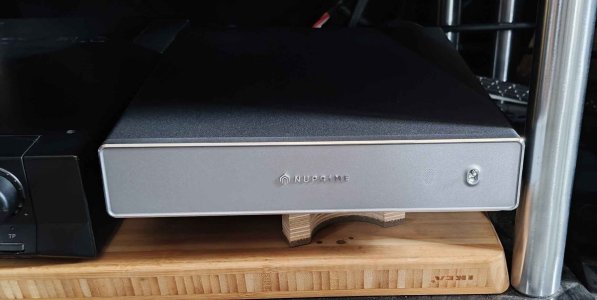COOLDUDE7808
Active Member
If more and more companies/products are shifting to Class D , I guess that will become the new normal and we will not have a option going forward .
Nevertheless we always have this discussion on whether Class A is better than Class AB OR for that matter how good Vintage gear sounds compared to modern AB amplifiers . So I guess the same thing will happen with respect to Class D and Class AB . People will fondly remember the future vintage - Class AB and keeping looking for it in the pursuit of better sound .
Companies have to reduce costs and come up with some explanation on how there is no difference or this sounds better or the differences are inaudible so it does not matter etc etc and eventually they will succeed
Nevertheless we always have this discussion on whether Class A is better than Class AB OR for that matter how good Vintage gear sounds compared to modern AB amplifiers . So I guess the same thing will happen with respect to Class D and Class AB . People will fondly remember the future vintage - Class AB and keeping looking for it in the pursuit of better sound .
Companies have to reduce costs and come up with some explanation on how there is no difference or this sounds better or the differences are inaudible so it does not matter etc etc and eventually they will succeed




